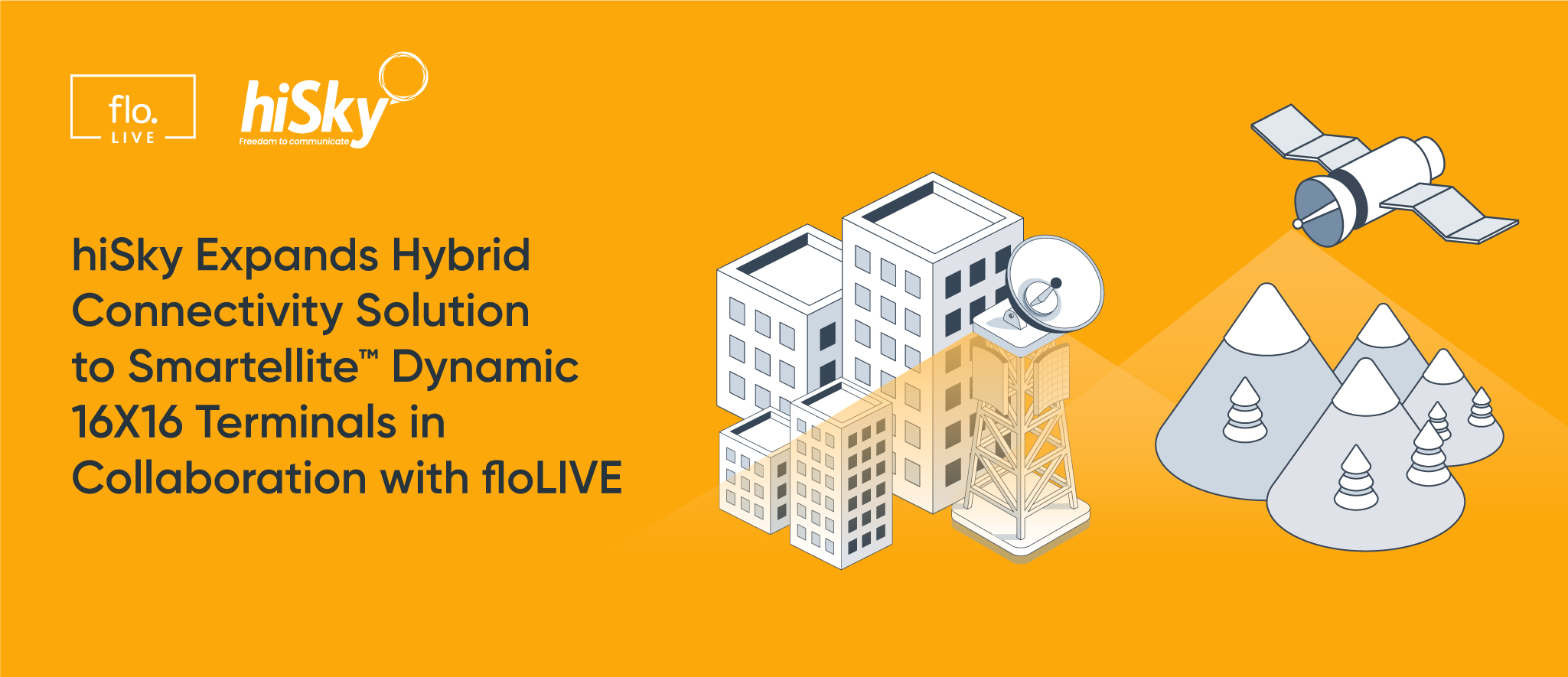Page Contents
How real-time data impacts support for IoT connectivity

Page Contents
IoT devices require constant, high bandwidth cellular connectivity to function, but manufacturers of IoT devices are completely reliant on third-party providers for IoT connectivity. They generally have very little visibility into connectivity health – if there is a connectivity break, they only find out about it if the provider notifies them or if a customer complains.
If the IoT thermostats in a refrigerated truck lose connectivity and there is a problem with the cooling mechanism, the entire truckload could go bad before anyone is aware of the issue. If a shared scooter loses connectivity, customers can’t utilise it and the company loses revenue.
The device manufacturer is responsible for these problems, although in most cases, they have no control over them and very few tools with which to troubleshoot. When these problems are recurring, they can really damage the company’s reputation.
How real-time data changes the dynamic
Real-time data empowers enterprises with full transparency about their connectivity health. Like in human health, the earlier you can diagnose an IoT connectivity problem, the less damage it will cause and the easier it will be to solve. In fact, with real-time data processing, not only can you react quickly when things go wrong, but in many cases, you can prevent problems before they happen, as well as use analytics to gain key insights that help you optimise your business.
For example, you can predict and understand surges and dives in demand throughout the month and adapt to them, preventing unnecessary spending. That’s because if one device or access point has particularly high data usage, it may be driving the enterprise to choose a more costly plan.
However, with better visibility, the company can often distribute better, optimise data use, and keep prices low. Optimising connectivity can also extend battery life in battery-powered IoT applications and mobile devices, saving the cost and hassle of frequent battery changes.
Without access to real-time data, device manufacturers are forced to find solutions which often makes them more dependent upon the service of their IoT connectivity providers. But connectivity providers have thousands of clients and when something goes wrong, it usually impacts multiple customers. Providers are often inundated with an influx of calls and requests and have a hard time getting to them all right away.
Better service for customers
No matter what IoT connectivity option you choose, you will never be able to control connectivity completely. That’s a given – the radio waves, radio towers, packet gateways, networks, and all the complex infrastructure that enables connectivity belong to the provider.
That’s why it’s important to choose a connectivity management platform (CMP) that offers visibility and control to manage devices from anywhere in the world as well as access to IoT data in real-time to manage devices in the field. Flexibility is also key, whether that’s with a customer’s invoice and rate plan, or with the functionality to make changes on your IoT network without causing business disruption.
However, even if you work with a holistic provider who provides you with all that, you will always be dependent on your provider to some degree. Yet when you know more, you can provide better service to customers. As mentioned above, when you can predict problems before they happen you can often minimise their impact or even eliminate them altogether.
When you can’t predict them, you can identify problems quickly once they arise, in many cases, before the customer even notices, preventing a crisis and providing better support. Even when you need to do something physical to fix the IoT device, or replace it, when you are the one who brings the problem and the solution to the customers’ attention you appear proactive and trustworthy with your support, preventing the damage to your company’s reputation that could result from these type of incidents.
Visibility is key
Having connectivity data in real-time makes enterprises more independent and less reliant on service providers. They gain the tools to predict and solve many issues before they happen and have better tools to fix problems as they arise, enabling better support for customers. Not only that, they can analyse usage and not pay for unnecessary connectivity, cost savings that then trickle down to customers.

Join Our Newsletter
Get the latest tips and insights in our monthly newsletter.








